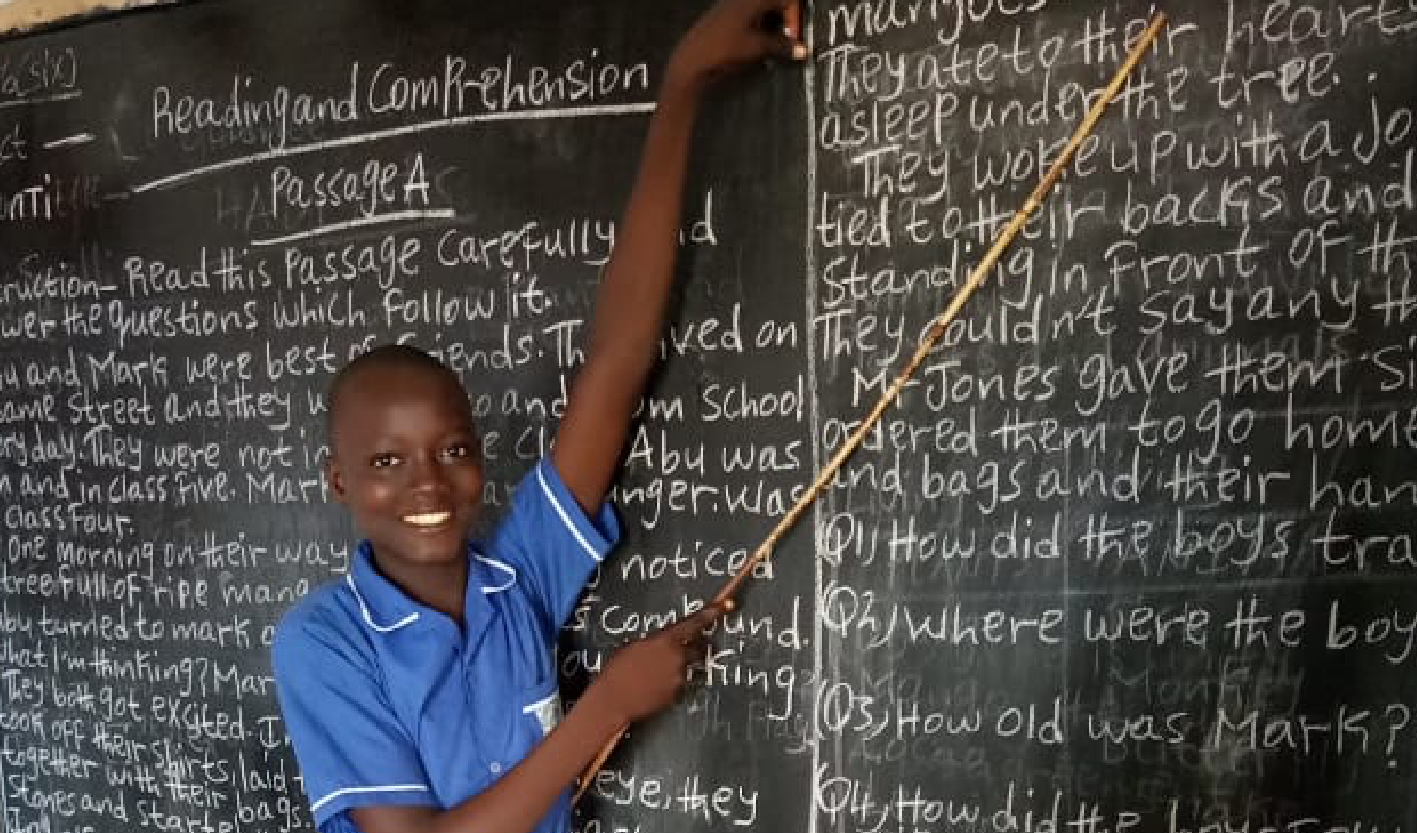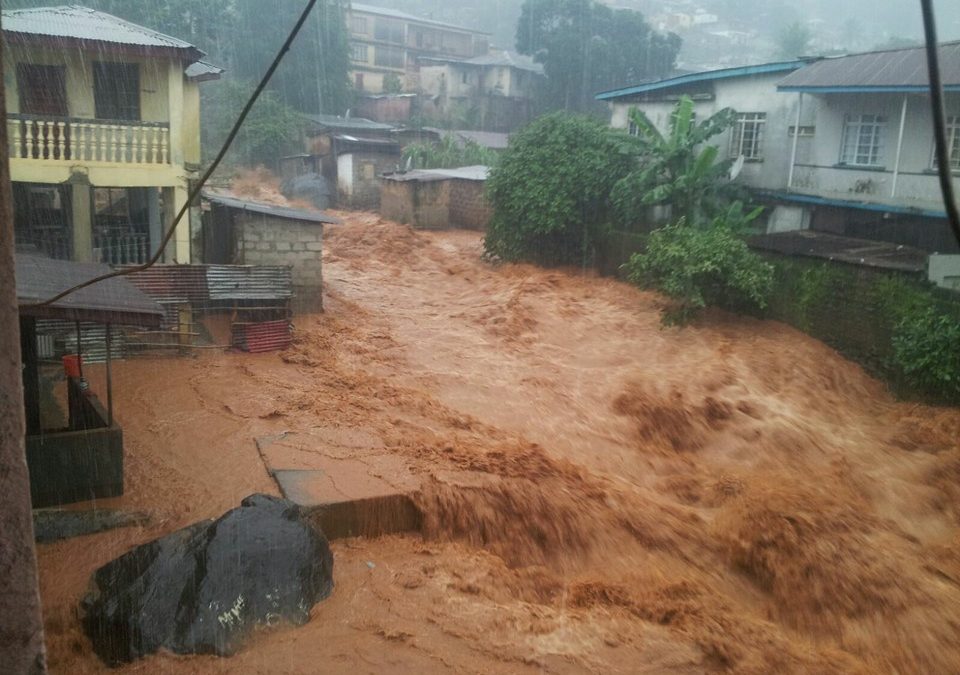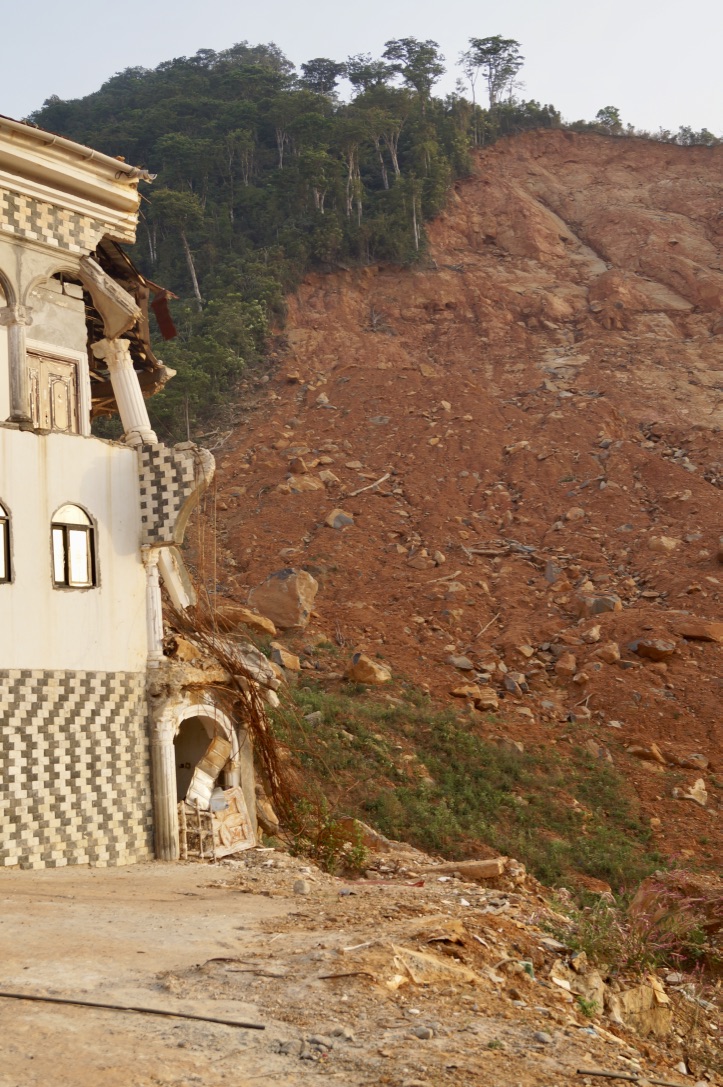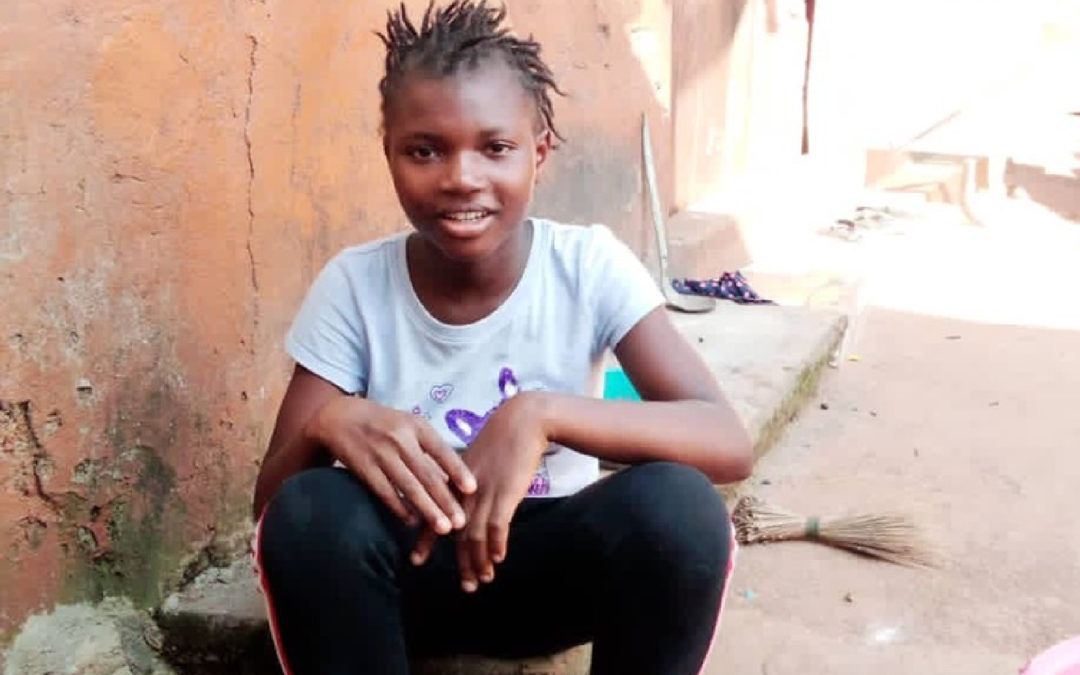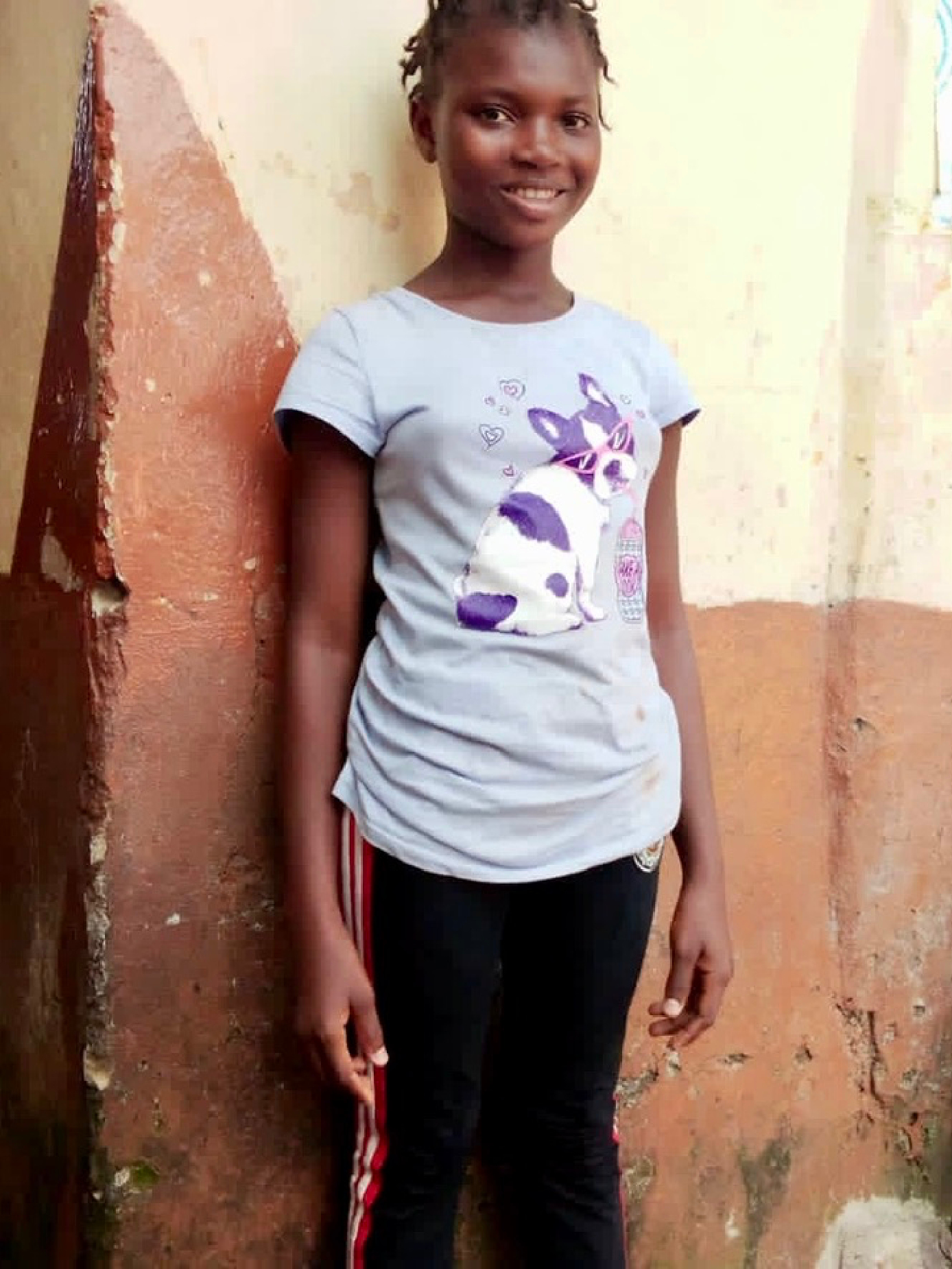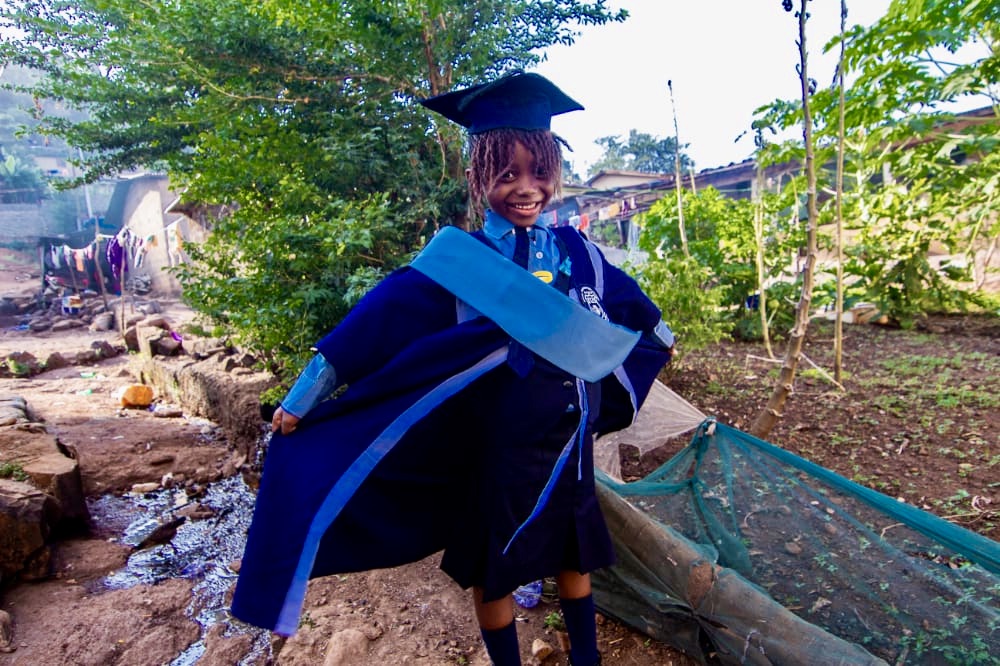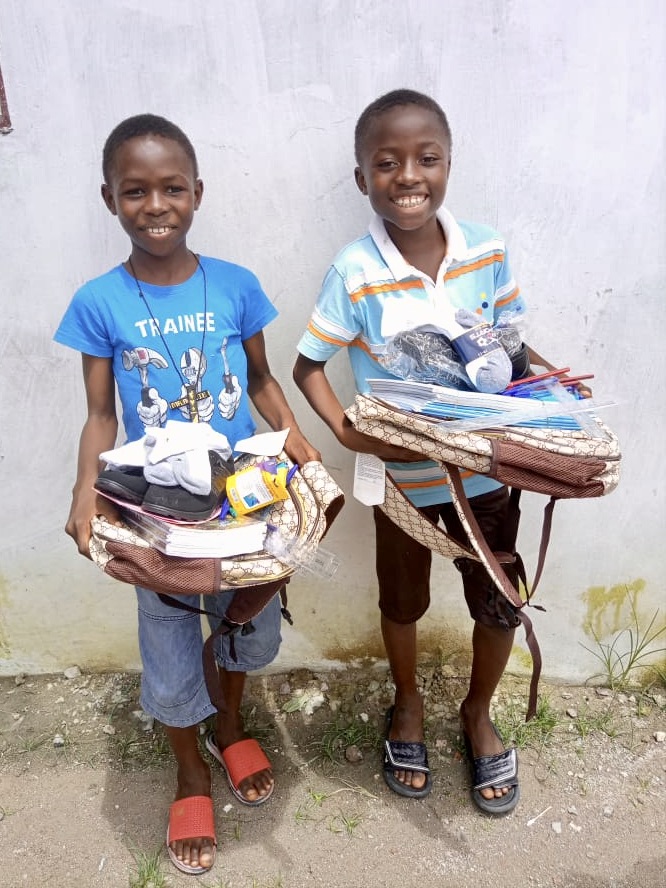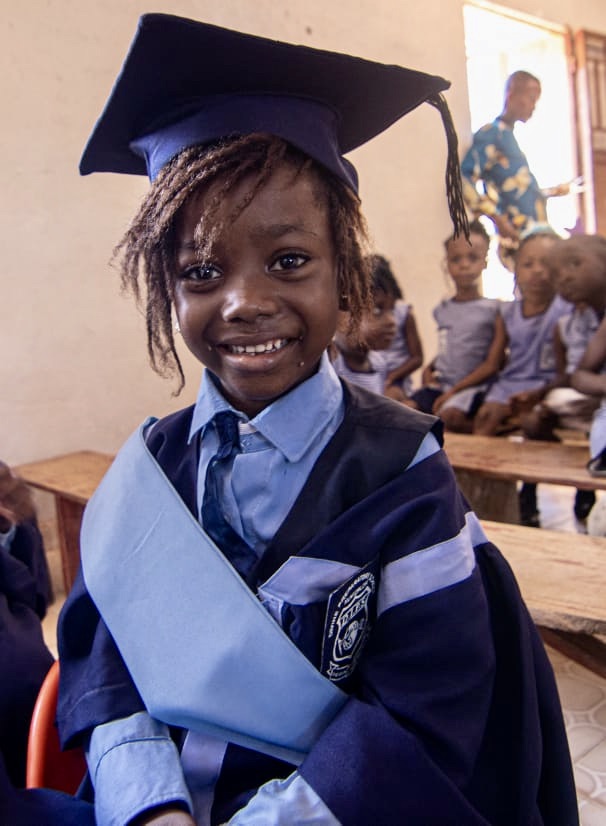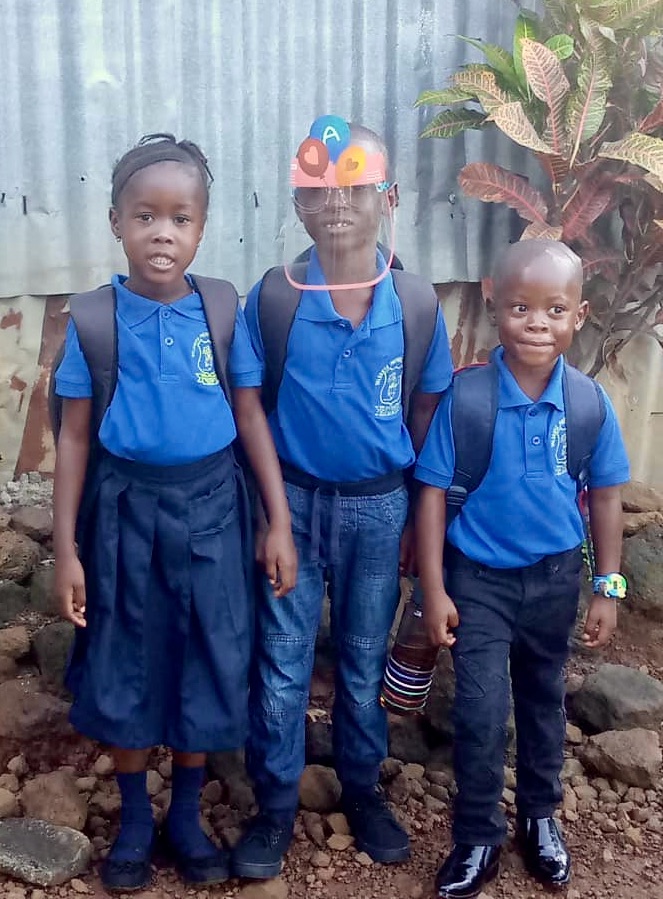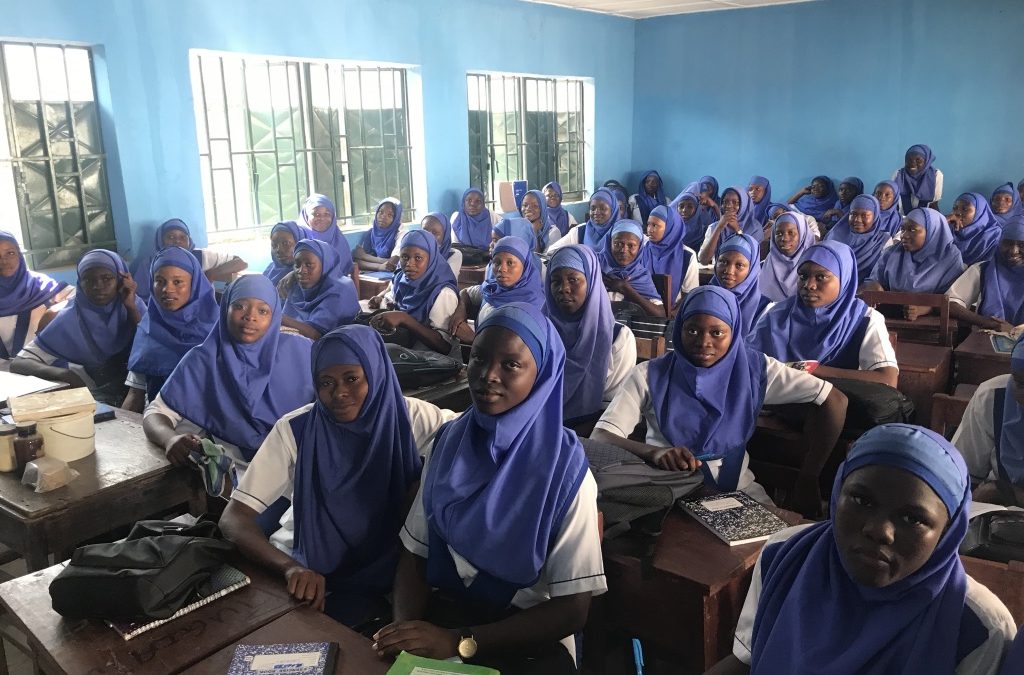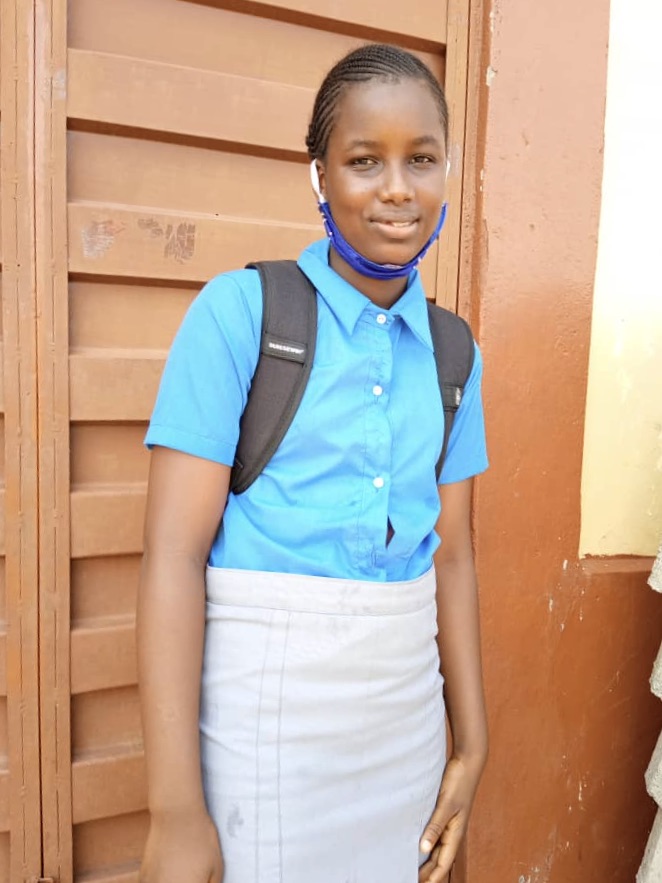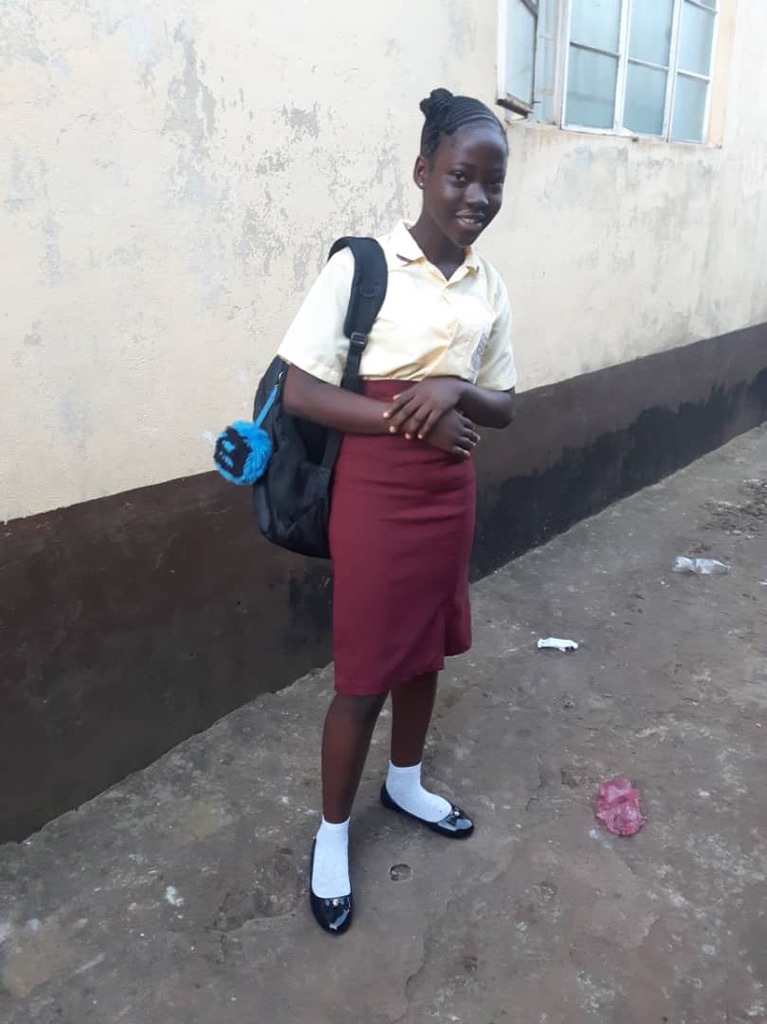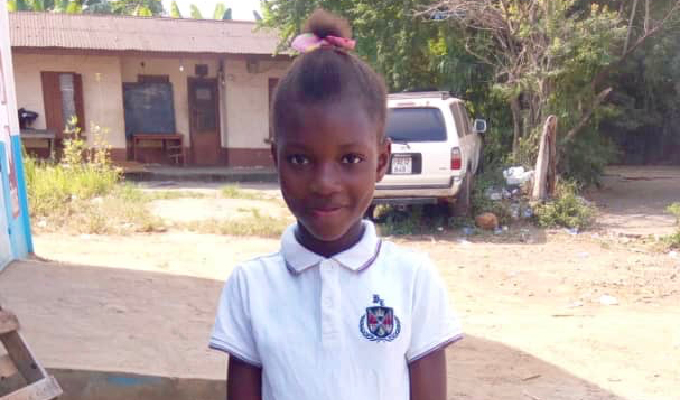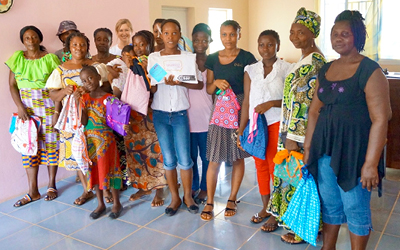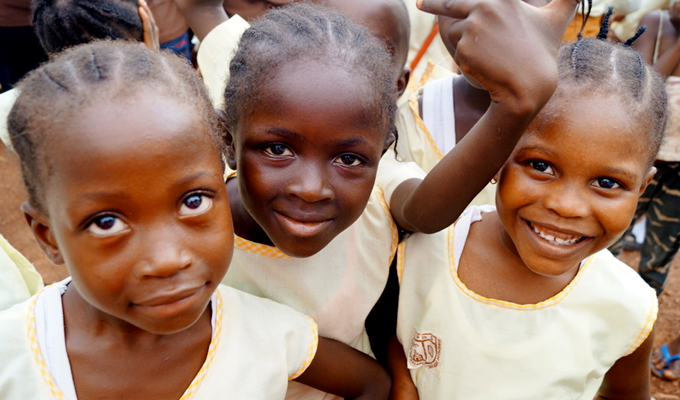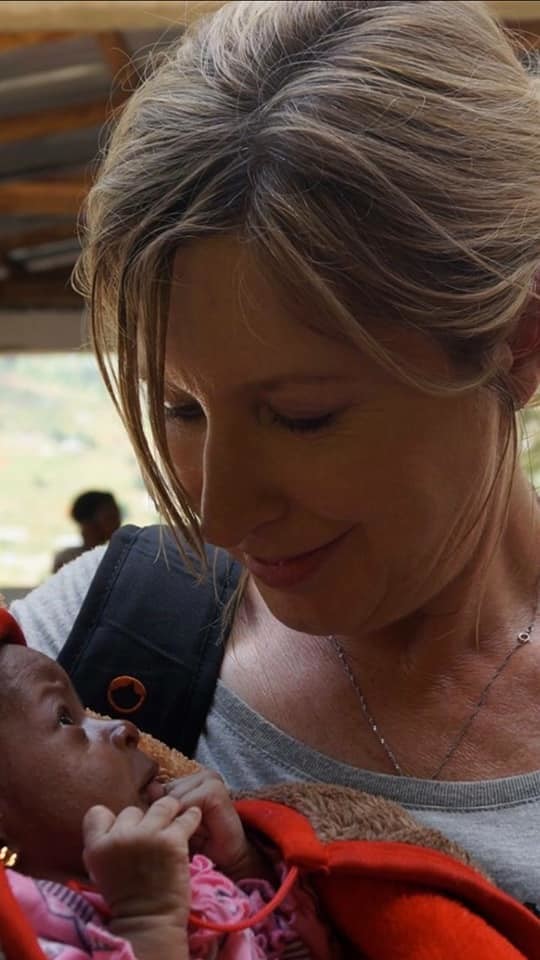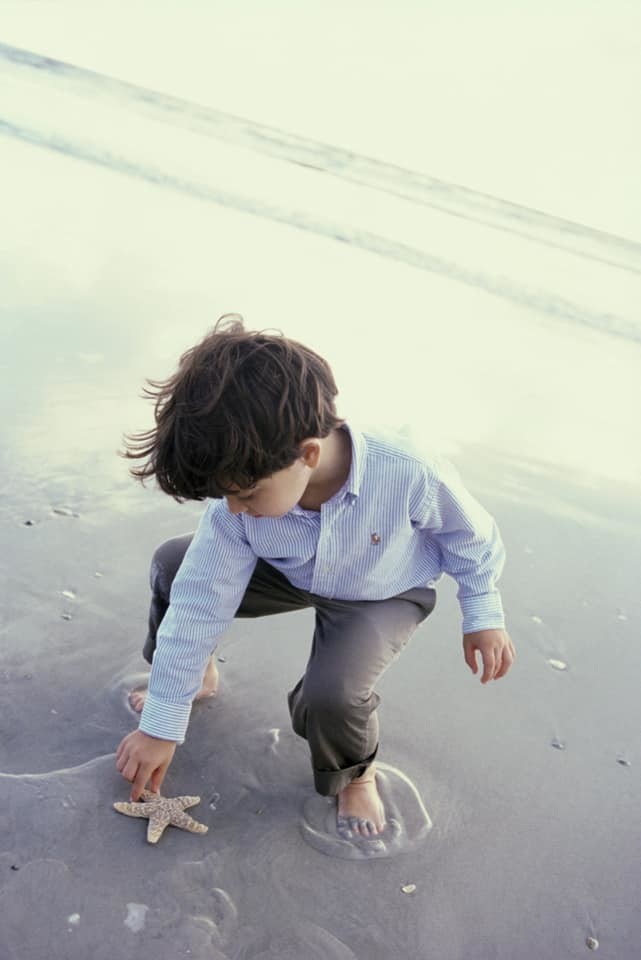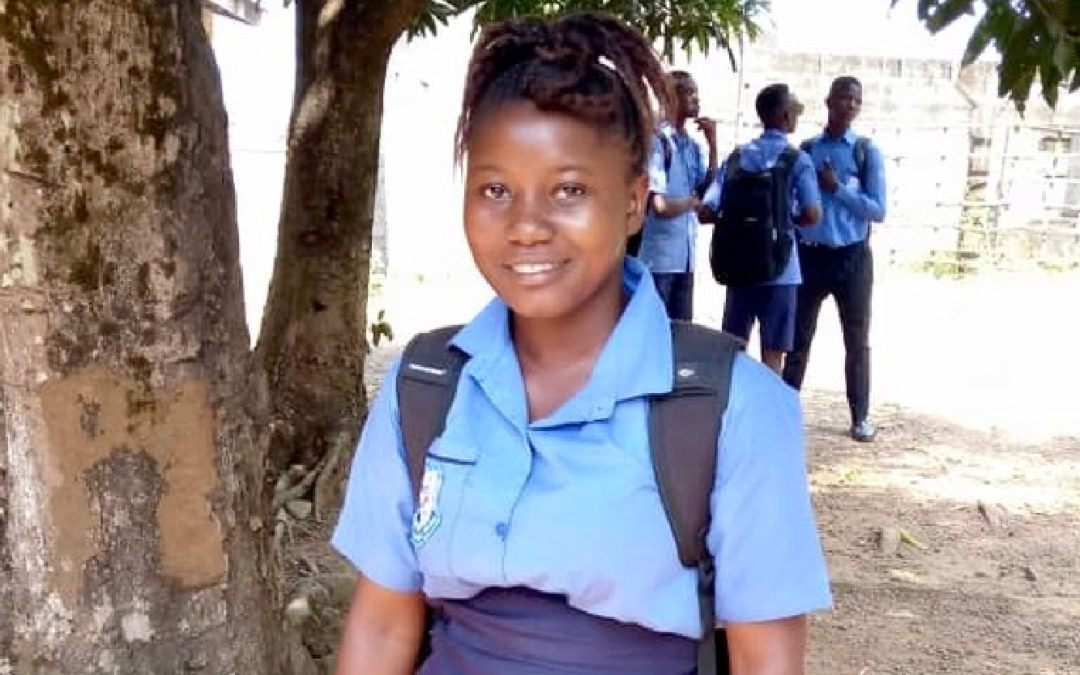
Capabilities Approach
Work from development economists can be difficult for any layman to remember, particularly because there is still so much unnecessary poverty and suffering in this world. There is, however, the theory entitled The Capabilities Approach that, founded by development economist Amartya Sen and developed further by theorists like Martha Nussbaum, make a lot of sense when considering how best to achieve poverty reduction that I think everyone should keep in mind when considering how best to contribute to poverty reduction or how best to support our work here at The Fig Tree Children.
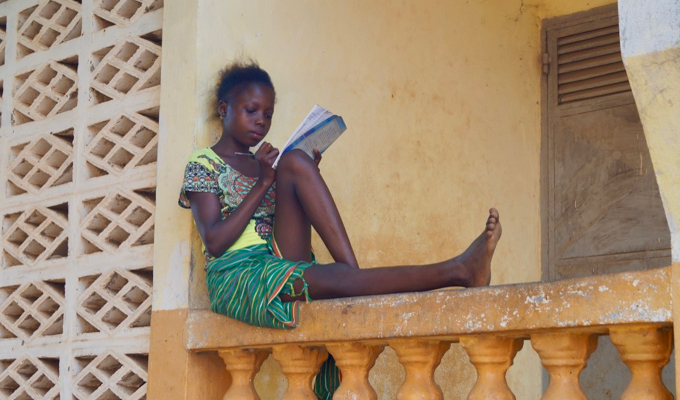
Achieving economic well-being depends on a person’s ability to “be” and ability to “do.” To be and to do are functions, which require certain kinds of freedoms: capabilities. Perhaps the following explains the concepts more succinctly: “Functionings are ‘doings and beings’, that is, various states of human beings and activities that a person can undertake, such as being well-nourished, getting married, being educated, and traveling, while capabilities are the real, or substantive, opportunity that they have to achieve these doings and beings,” (Robeyns et al. 2020).
There is a reason as to why this is so relevant to The Fig Tree Children. Poverty can be described as deprivation of capabilities. What we aim to do at The Fig Tree Children is help to expand the capabilities of some of the most vulnerable children in one of the most impoverished countries in the world.
Providing money as a ‘hand-out’ may not be the best solution to expanding capabilities, but we can provide money to pay for resources that expand these children’s capabilities exponentially. How? By providing them access to educational resources. Once a child has access to education, they have the freedom to choose between different functioning combinations, different combinations of being and of doing.
The functionality of literacy and numeracy are critical examples of functions that lead to immense capabilities. Amartya Sen “is a strong advocate of literacy as a goal of human development, and has regularly cited literacy, and ‘the ability to read and write’ as a ‘basic capability’ and necessary condition for well-being,” (Maddox 2008, pg. 189).
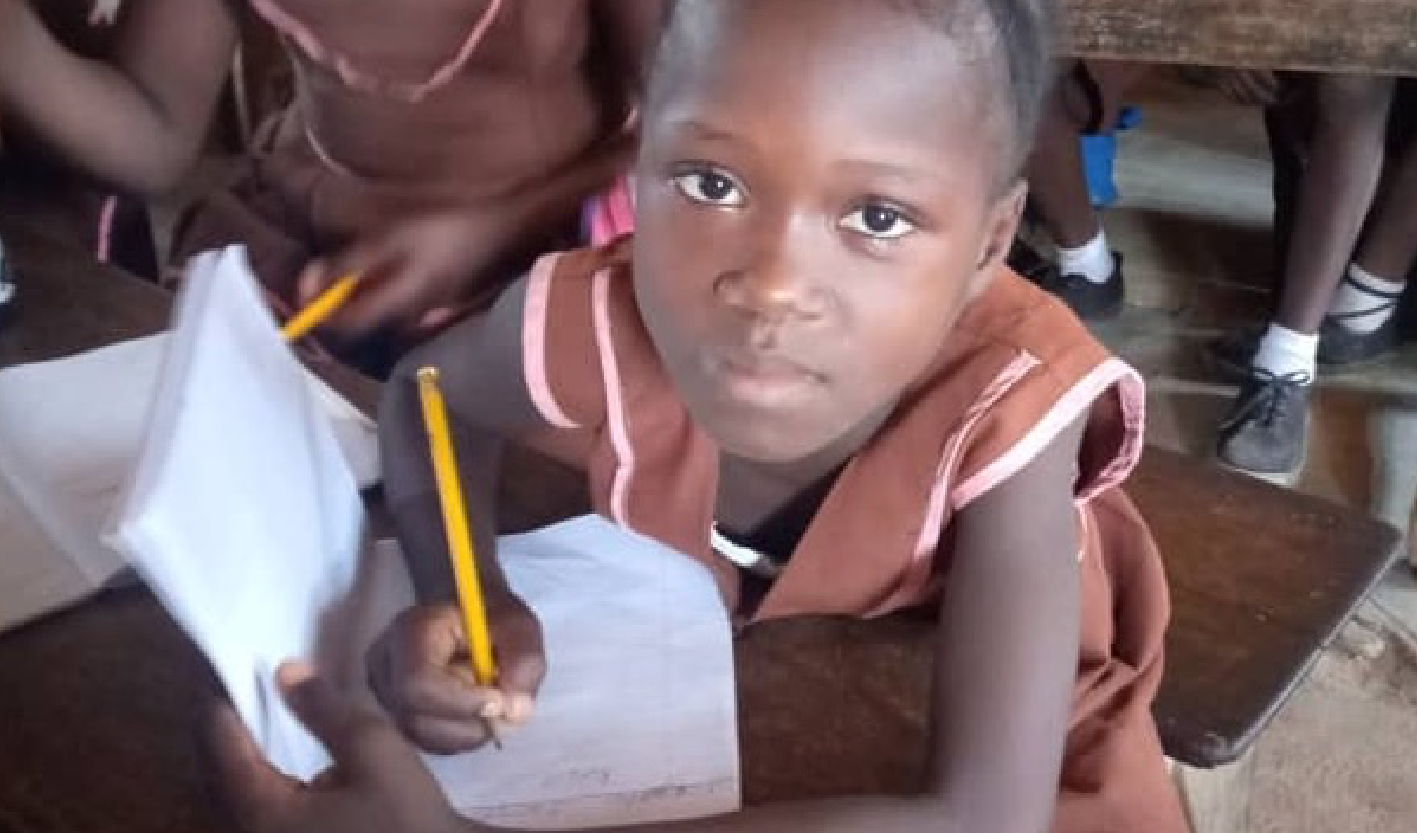
I welcome you to think about how The Fig Tree Children is critical in providing the tools necessary for vulnerable orphans in Sierra Leone to experience capabilities and functionings, especially within the context of providing the capabilities to be literate and numerate.
Let’s think about it from the perspective of a Fig Tree Child. A sponsor has paid money for a child to have access to their respective school, as well as school supplies such as school shoes, backpacks, and notebooks to last them the year. These things provided are called resources in the capabilities literature. Resources lead to capabilities; essentially, the effective freedom of an individual to choose between multiple and differing functioning combinations that may lead to well-being.
These functioning combinations may include being able to read, write, count and perform valuable trades.
Being educated leads to so many opportunities; it may lead a child to have the freedom to be a tradesman when they are out of school, to help Sierra Leone continue to develop their country’s infrastructure which was not long ago destroyed by a devastating civil war. It may lead a woman to develop a passion for numeracy and give her the freedom to be an accountant, which would also significantly benefit her local community.
Amartya Sen himself has written a list of the capabilities and functions derived from education, and the literacy gained through education:
- i) the reduction of illiteracy and innumeracy as deprivation and ‘forms of insecurity in themselves’;
- ii) improving access to ‘jobs and gainful employment’ (individual benefits and those of the wider economy);
- iii) people’s ability to ‘understand and invoke their legal rights’;
- iv) increasing people’s opportunity for ‘political voice participation’;
- v) improvement in women’s wellbeing (including benefits to women
such as access to employment, and participation in ‘decisions within and outside the family’ and to their family in terms of ‘reduced fertility rates’ and ‘reduced mortality rates of children’); - vi) the impact of education and literacy on identity formation, its potential to influence conflict and the conditions of peace and security. (Sen, 2003, pp. 22–29)
Capabilities and functions lead to outcomes of human wellbeing, and everyone deserves the freedom to work towards their wellbeing.
With these matters in mind, we thank you for your continued support of our work for The Fig Tree Children.
References
Maddox, B 2008, ‘What Good is Literacy? Insights and Implications of the Capabilities Approach’, Journal of Human Development, vol. 9, no. 2, pp. 185–206.
Robeyns, Ingrid and Morten Fibieger Byskov, “The Capability Approach”, The Stanford Encyclopedia of Philosophy (Winter 2020 Edition), Edward N. Zalta (ed.), URL = <https://plato.stanford.edu/archives/win2020/entries/capability-approach/>.
Sen, A.K. (2003) ‘Reflections on literacy’, in C. Robinson (Ed.), Literacy as Freedom,
UNESCO, Paris, pp. 21–30.

